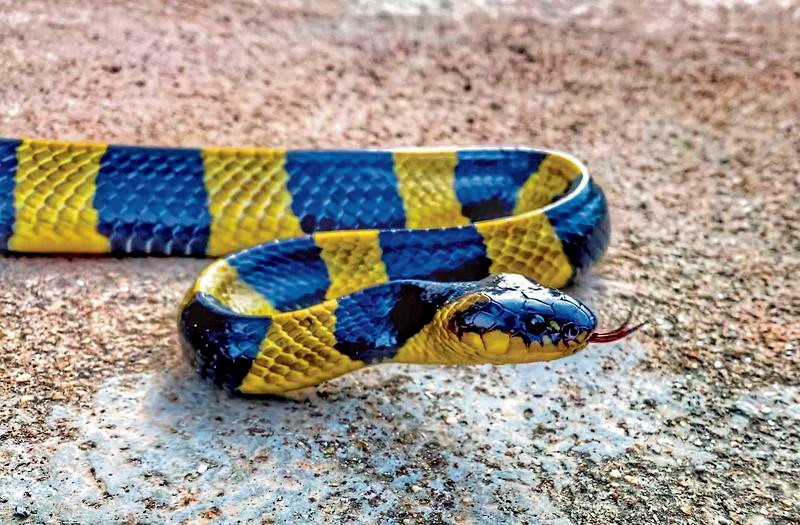





Source: Hindu
Disclaimer: Copyright infringement not intended.
Context
Details
Recent findings
About Snake Venom
Medical Uses:
About Poisonous Snakes
Types of Venom:
About Cobras and Kraits
Physical Appearance:
Neurotoxic Venom:
Behavior:
Must read articles:
Sources:
|
PRACTICE QUESTION Q. Discuss the role of biotechnology in revolutionizing the production of antibodies for antivenom, highlighting advancements such as utilizing human antibodies over traditional methods involving animal immunization. (150 Words) |






© 2025 iasgyan. All right reserved